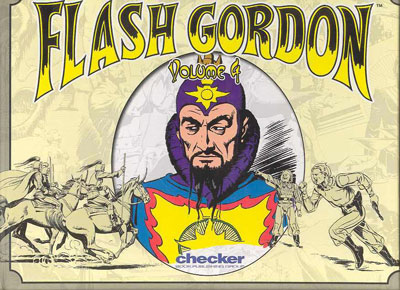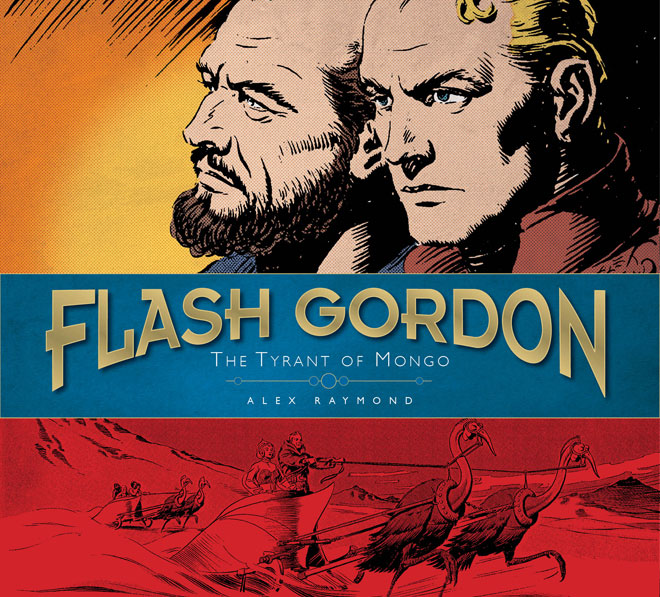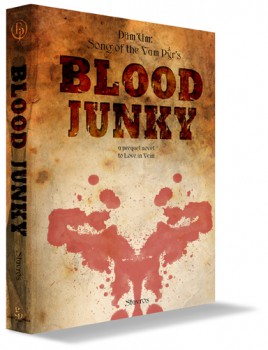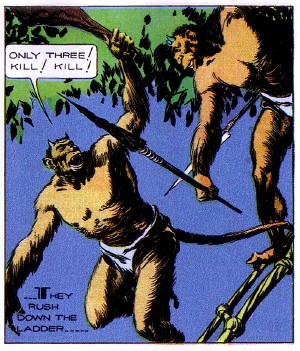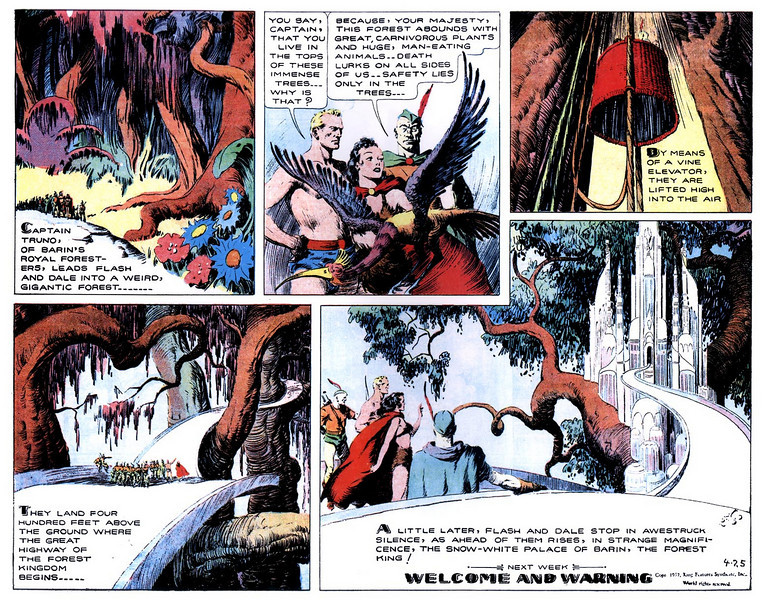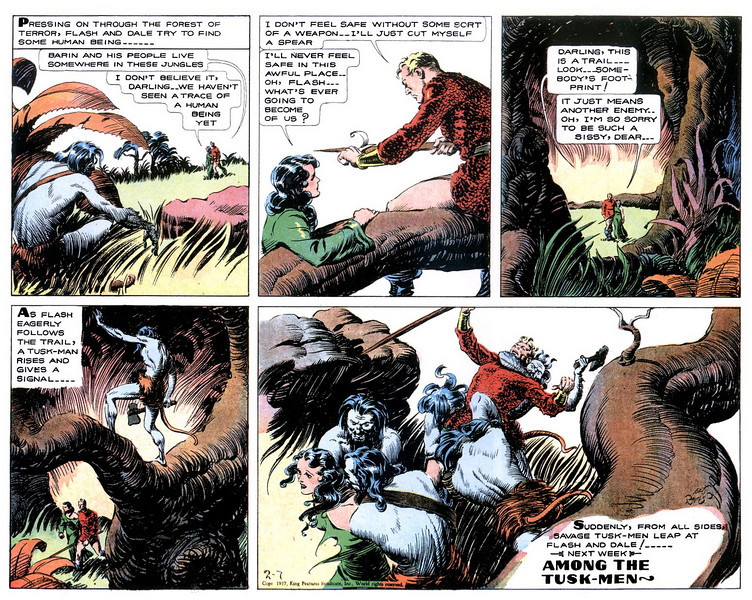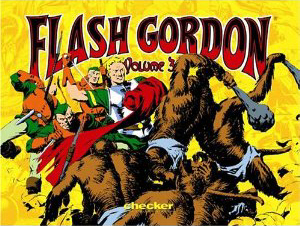Free Knights of the Dinner Table Online Strips
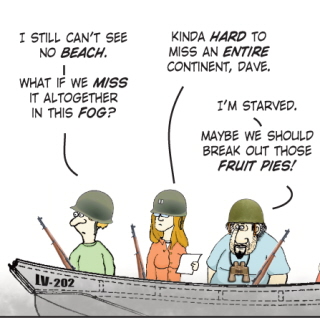 The talented Jolly Blackburn, creator of the comic Knights of the Dinner Table, has posted an epic KoDT comic strip online for your enjoyment.
The talented Jolly Blackburn, creator of the comic Knights of the Dinner Table, has posted an epic KoDT comic strip online for your enjoyment.
Knights of the Dinner Table is the finest gaming comic ever made. It follows the misadventures of a group of misfits from Muncie, Indiana, whose love of gaming routinely trumps normal social conventions, and occasionally even their sense of self preservation.
This latest online strip, “Not Up To Speed,” finds the gang involved in an impossibly ambitious live-action recreation of the D-Day landing in a vast convention hall at Gary Con.
Long time readers will recognize the characters Eddie and Sara, who appear in the KODT Java Joint strip in the pages of Black Gate magazine.
The latest issue of the Knights of the Dinner Table print magazine is #180 (October 2011), making it one of the longest-running independent comics in history.
Knights of the Dinner Table magazine is 64 pages of comics, reviews and gaming fun for just $5.99. It’s available at better comic and game shops around the country, or online at KenzerCo, and it gets my highest recommendation.
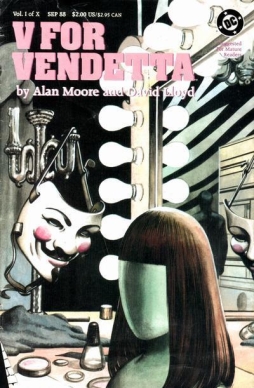 I’m taking a bit of a break from the Romanticism and Fantasy posts, as I’ve got a few other things I’d like to write about. To start with, since I discussed Alan Moore’s Marvelman a few weeks ago, I thought I’d take a look now at V For Vendetta. V started as a series that ran, like Marvelman, in the early 80s in the black-and-white anthology magazine Warrior. Though the story was left incomplete when Warrior folded, in 1988 the series was republished in colour by DC Comics, and Moore and artist David Lloyd were able to finish it as they’d hoped. (Some spoilers for the book follow; also spoilers for Watchmen, oddly enough.)
I’m taking a bit of a break from the Romanticism and Fantasy posts, as I’ve got a few other things I’d like to write about. To start with, since I discussed Alan Moore’s Marvelman a few weeks ago, I thought I’d take a look now at V For Vendetta. V started as a series that ran, like Marvelman, in the early 80s in the black-and-white anthology magazine Warrior. Though the story was left incomplete when Warrior folded, in 1988 the series was republished in colour by DC Comics, and Moore and artist David Lloyd were able to finish it as they’d hoped. (Some spoilers for the book follow; also spoilers for Watchmen, oddly enough.)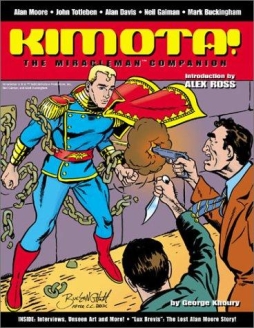 I’m going to take a break this week from the Romanticism and Fantasy posts, because I’ve just finished a fascinating book, and I’d like to talk about it. It’s not a new book, and it’s not a fiction book. It is in fact mainly a collection of interviews about a comic-book character who hasn’t seen print (officially) in almost twenty years. The book is called Kimota!, and the character has been known both as Miracleman and, originally, Marvelman.
I’m going to take a break this week from the Romanticism and Fantasy posts, because I’ve just finished a fascinating book, and I’d like to talk about it. It’s not a new book, and it’s not a fiction book. It is in fact mainly a collection of interviews about a comic-book character who hasn’t seen print (officially) in almost twenty years. The book is called Kimota!, and the character has been known both as Miracleman and, originally, Marvelman.
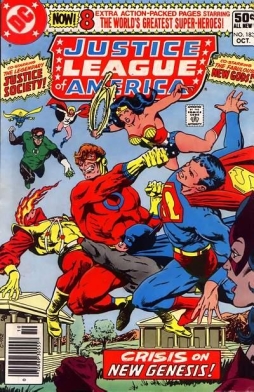 I was planning to start the series of posts on Romanticism and fantasy this week, but something came up in the last few days that I’d like to write about; particularly since it seems to resonate with
I was planning to start the series of posts on Romanticism and fantasy this week, but something came up in the last few days that I’d like to write about; particularly since it seems to resonate with 
